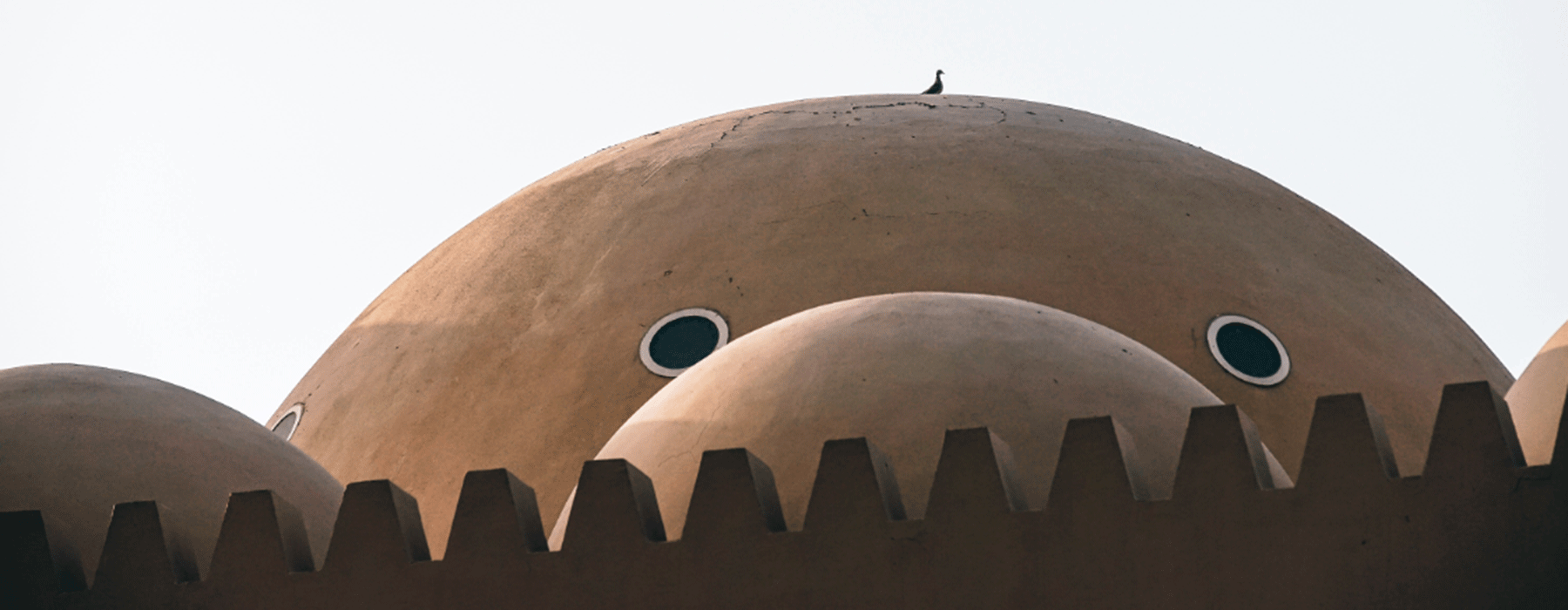
Marrakech
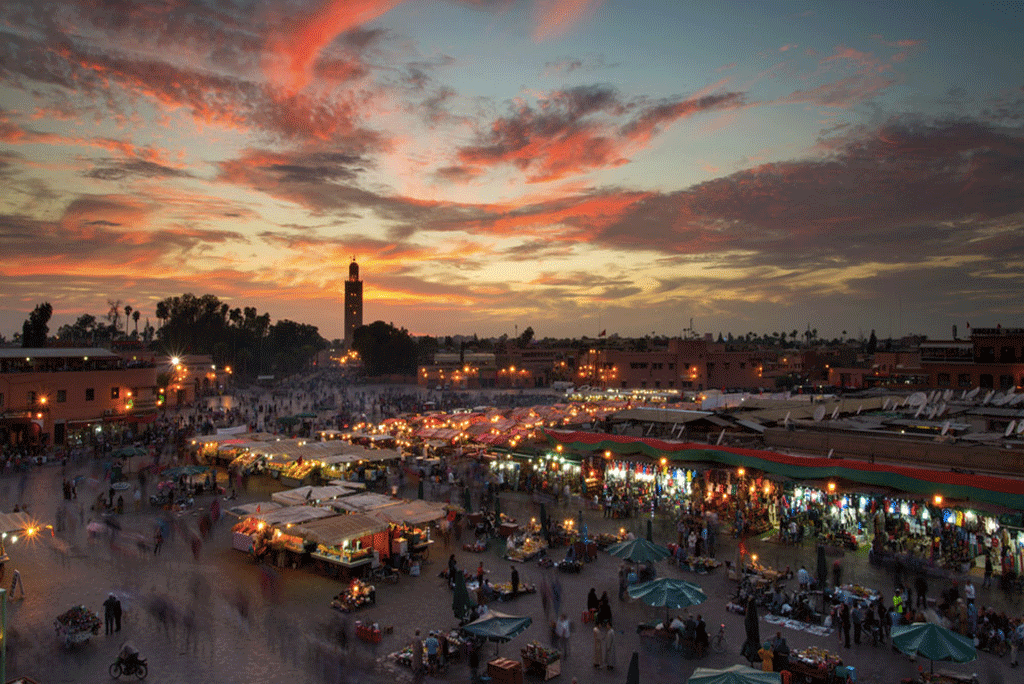
Jemaa El Fna
Located in the heart of the Medina, Djemaa el Fna Square is both the geographical center of Marrakech and the city's essential socio-cultural meeting place.
It is dominated by the minaret of the Quessabine mosque, between the souks and the minaret of the Koutoubia.
This is where you will access the souks with their small alleys lined with various small stalls, public writers, marabouts, charm sellers and even tooth pullers.
Don't miss the street food in the square in the evening!
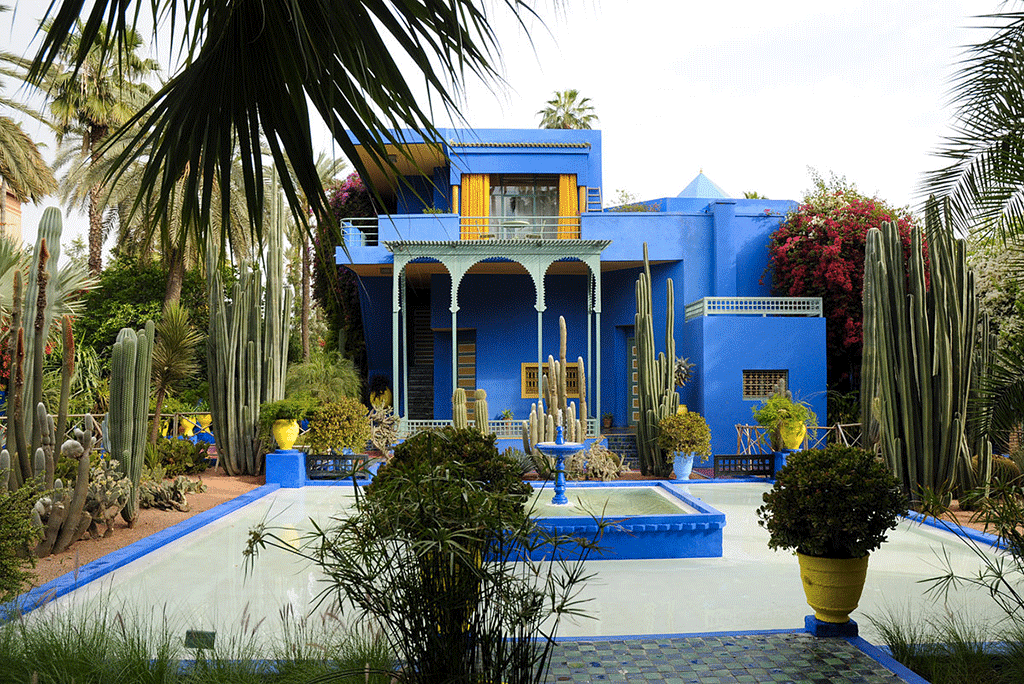
Garden
Majorelle
The Majorelle Garden in Marrakech is one of the most visited places in Morocco. It took the French painter Jacques Majorelle (1886-1962) forty years to passionately create this enchanting site, now in the heart of the Red City.
In its shaded paths, we stroll among trees and exotic plants whose origins make us dream, we walk along paths of water with a refreshing murmur and ponds filled with water lilies and lotuses.
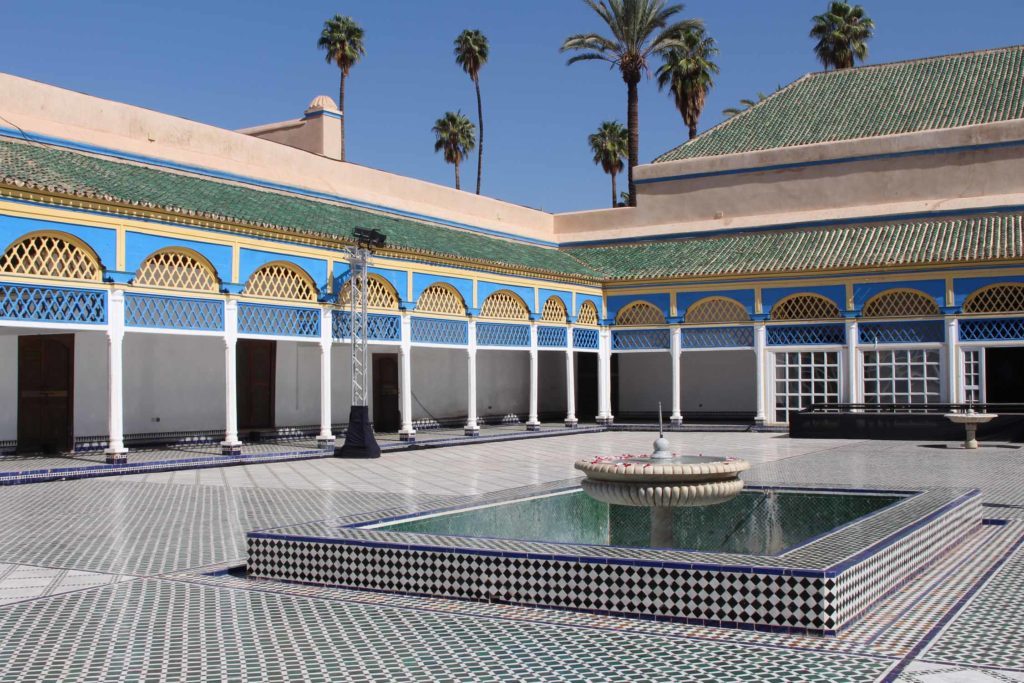
The palace of the
Bahia
The Bahia Palace is renowned for its architectural richness. Its recent construction (19th century) was inspired by Arabic and Andalusian styles. Vizier Sidi Moussa, head of the Moroccan kingdom, wanted to build a luxurious residence for the pleasure of one of his companions. He then offered a palace with approximately 160 rooms! This would therefore provide an explanation for the name of the monument meaning "palace of the beautiful."
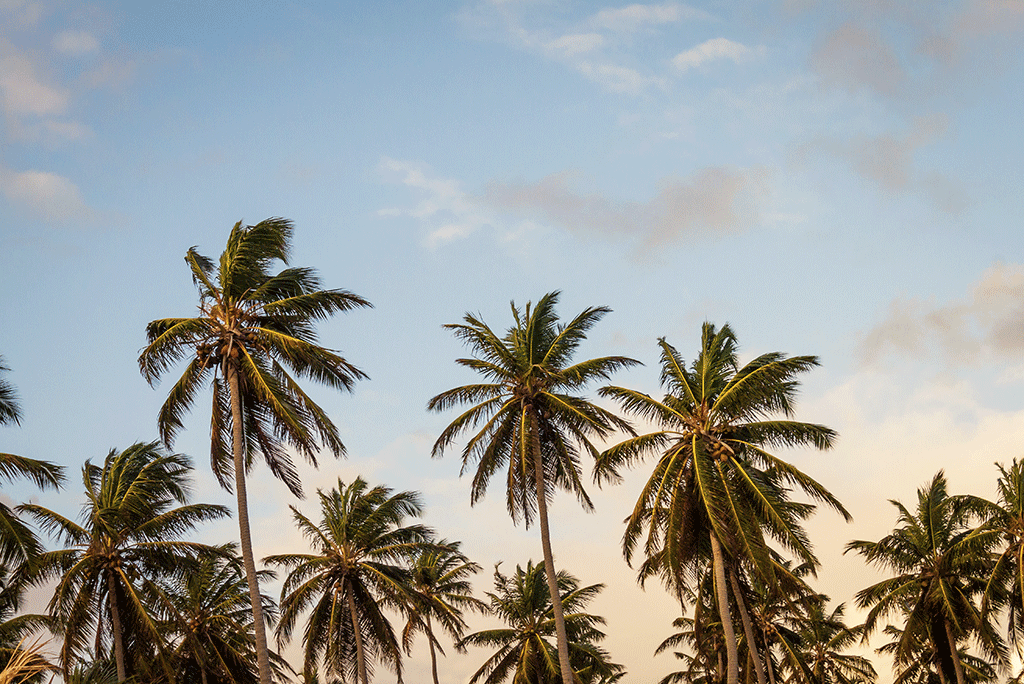
There
Palm grove
The Marrakech Palm Grove has more than 100,000 trees, mainly palm trees, on approximately 15,000 hectares, as well as a date plantation and a vegetable garden.
To explore the palm grove, what could be better than a ride in a horse-drawn carriage, a popular means of transport for tourists in Marrakech.
In short, a dream location, far from the hustle and bustle of Marrakech, to take a breath of fresh air!
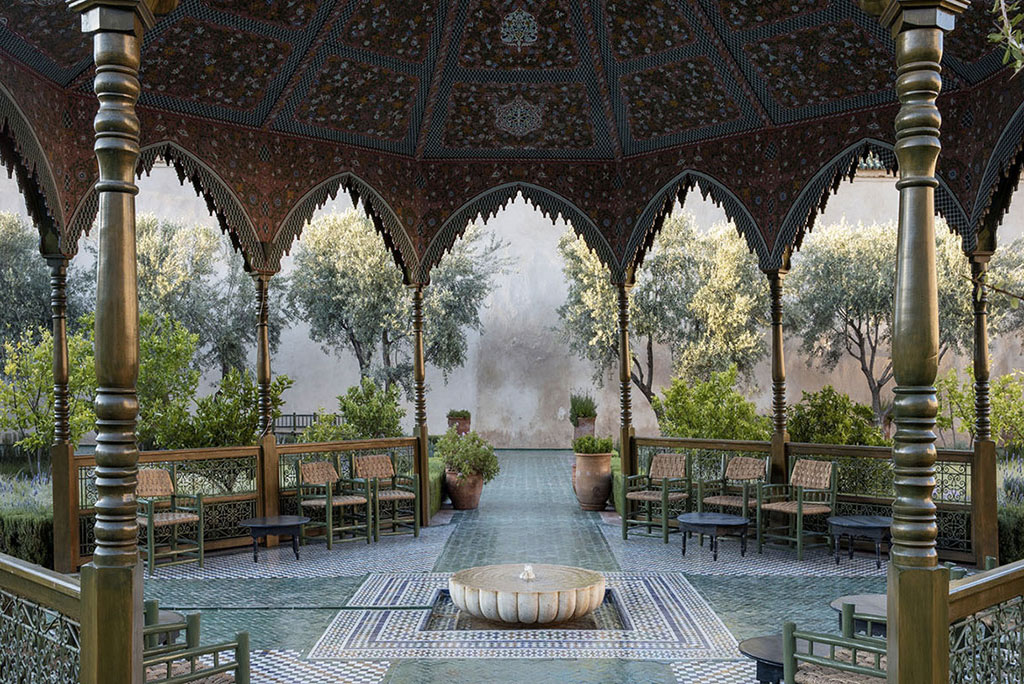
THE
Secret Garden
Rebuilt in the mid-19th century by an influential Atlas caïd, Le Jardin Secret was home to some of the highest political figures in Morocco and Marrakech.
The Secret Garden, which can now be fully appreciated thanks to its recent restoration, is part of the great tradition of Arab-Andalusian and Moroccan palaces. Visitors can thus discover the gardens and buildings that compose it, which constitute exceptional testimonies of Islamic art and architecture.
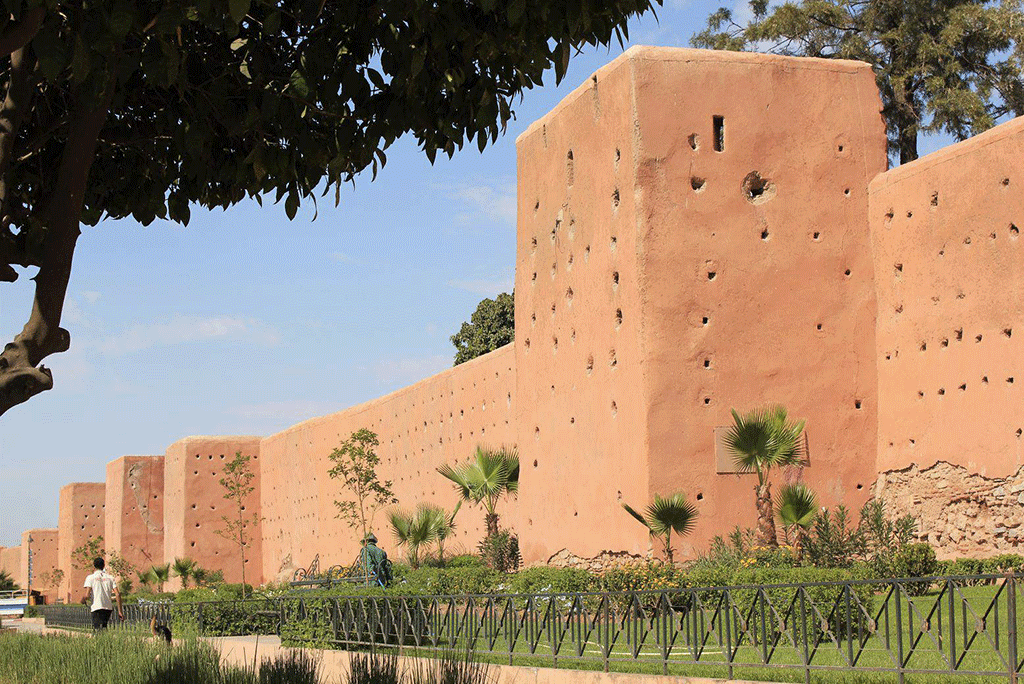
THE
Ramparts
The city walls, what could be more important to witness the historical evolution of Marrakech? Today, the walls are 19 kilometers long, intersected by 22 gates (bab in Arabic). The gates originally served to protect the medina. The best times of day are morning or evening to enjoy the hesitant rays of the sun on the glowing color of the walls...
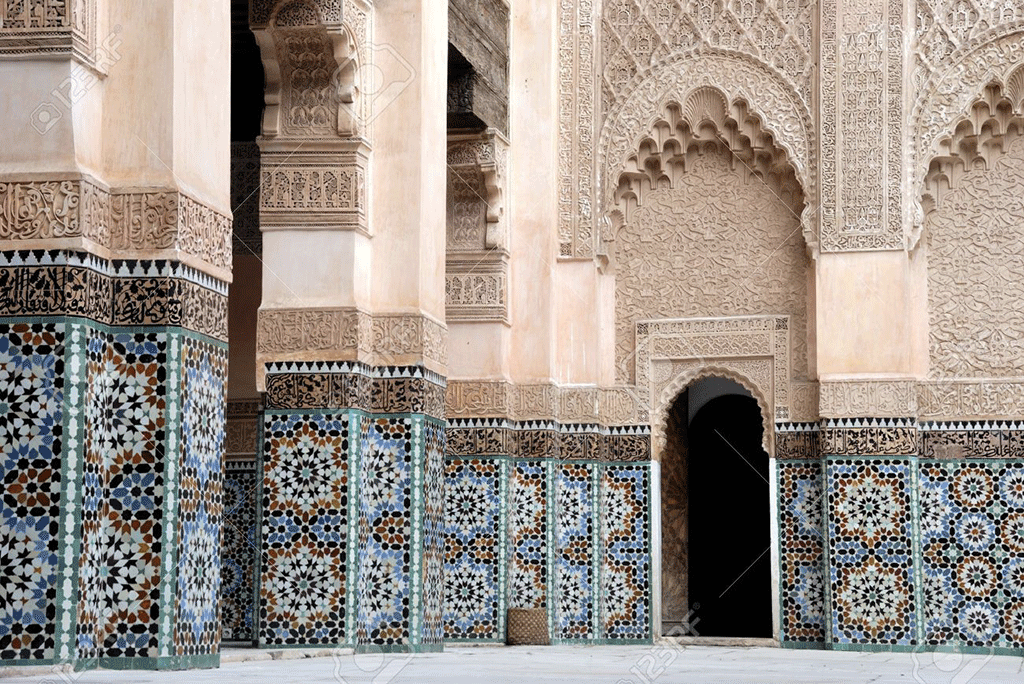
The Medersa
Ben Youssef
The Ben Youssef Madrasa, better known as the Quranic School, was built in 1565 under the orders of Sultan Abdellah Al Ghalib, a member of the Saadian dynasty. The Madrasa housed over 900 students, including over 100 foreigners. Comprising a pool and a prayer room, the school was richly decorated with floral motifs, marble work, cedar wood decorations, and more, which can still be admired today.
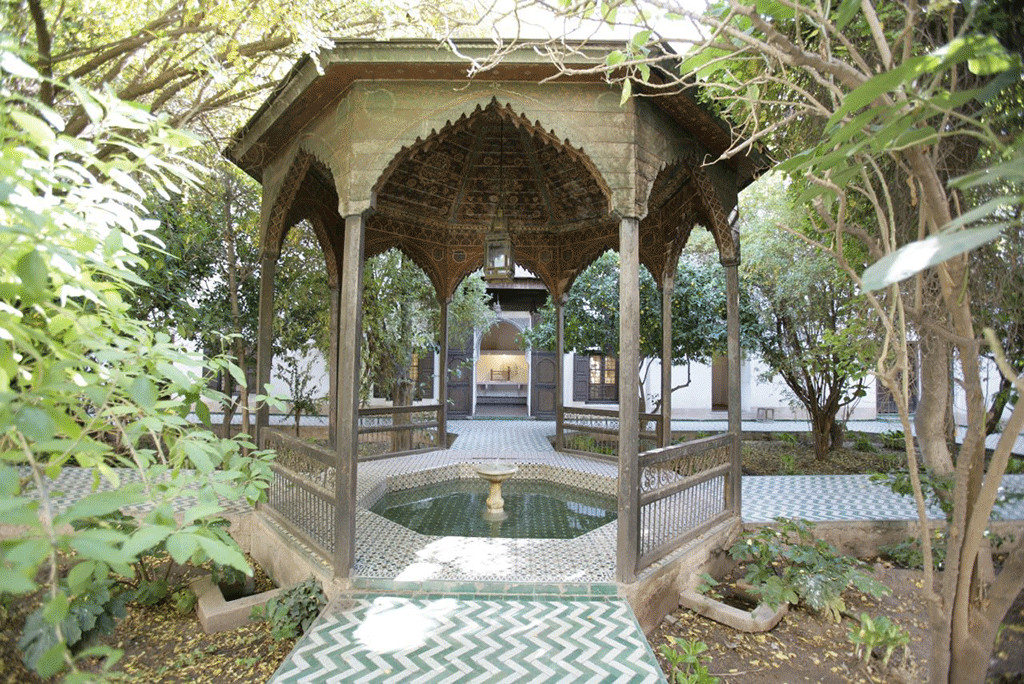
The museum
Dar Si Said
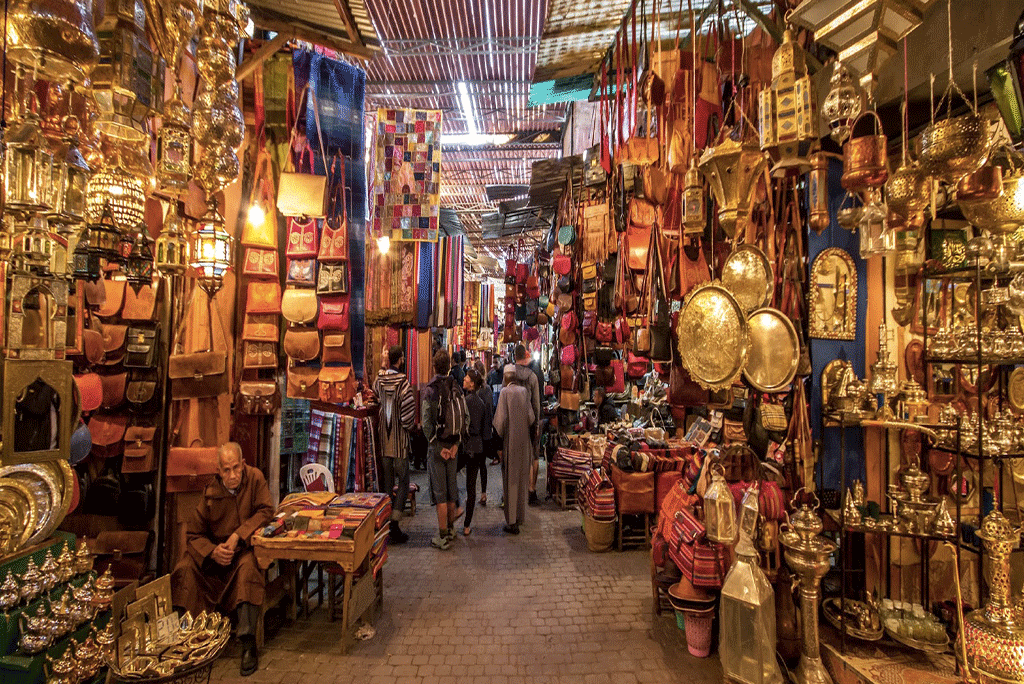
THE
Souks
When visiting Marrakech, a little trip to the souks is a must.
Whether you're looking for a bargain or simply for the pleasure of viewing, don't miss such a visit.
The souks of Marrakech are ranked among the largest and most beautiful in Morocco, offering everything from handicrafts, leather goods, pottery, jewelry, spices, slippers, clothing, and much more.
To get there, it's simple: just go to the famous Djemaa El Fna square and then venture into the maze of alleyways.
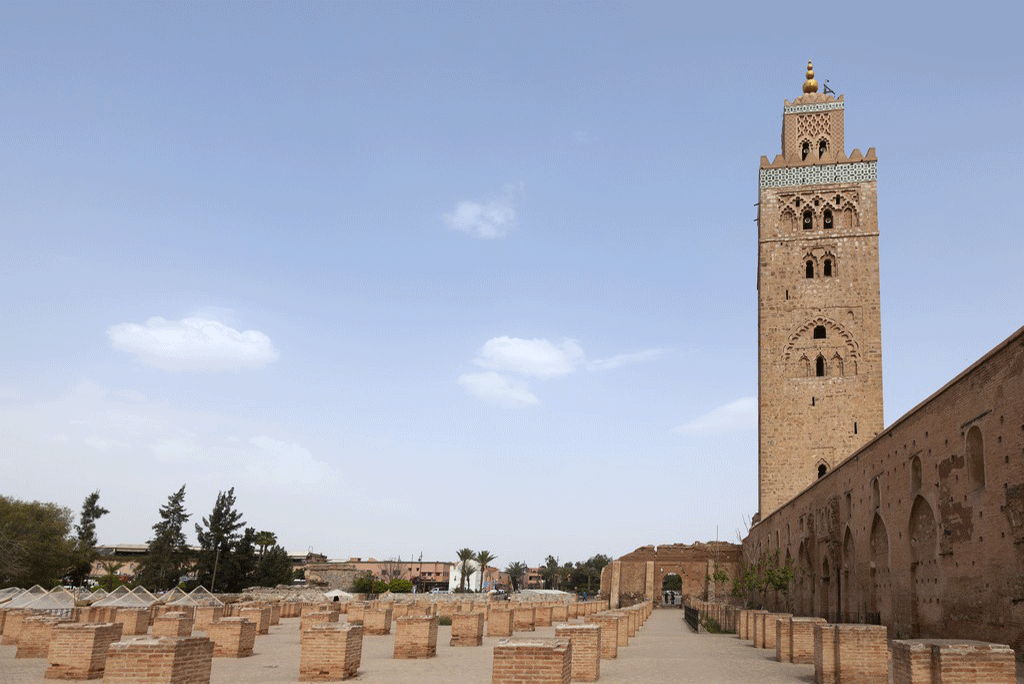
There
Koutoubia
Without a doubt, the most unmissable religious building in Marrakech.
Why? First of all, locally, because Moroccans, who are very religious, turn to her several times a day during the call to prayer.
In addition, for tourists, the Koutoubia is often recommended for finding their way around the city!
Built in the 12th century under the orders of Sultan Abdelmoumen (Almoravid dynasty), the Koutoubia - meaning "The Mosque of the Booksellers" - bears its name because its former location was in the souk of the manuscript merchants!
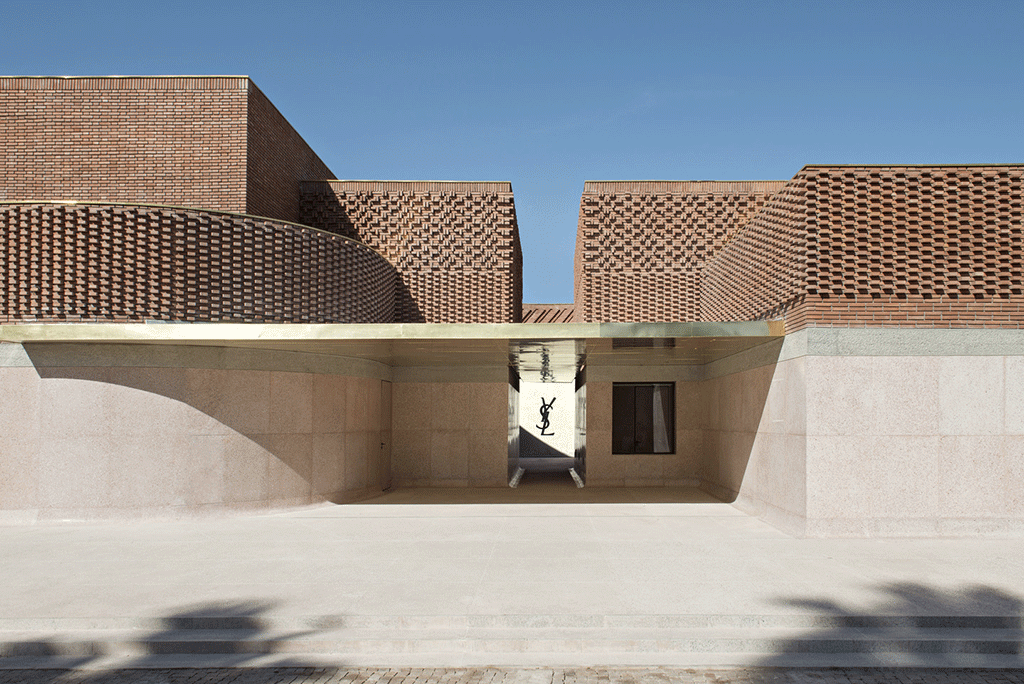
The museum
Yves Saint Laurent
Located near the Jardin Majorelle, acquired by Yves Saint Laurent and Pierre Bergé in 1980, the YVES SAINT LAURENT Marrakech Museum, a new building with a total surface area of nearly 4,000 m², is more than just a museum. It includes a 400 m² permanent exhibition space, presenting the work of Yves Saint Laurent in an original scenography by Christophe Martin.
The museum also houses a temporary exhibition room, a research library with over 5,000 works, a 140-seat auditorium, a bookstore and a café with a terrace.

